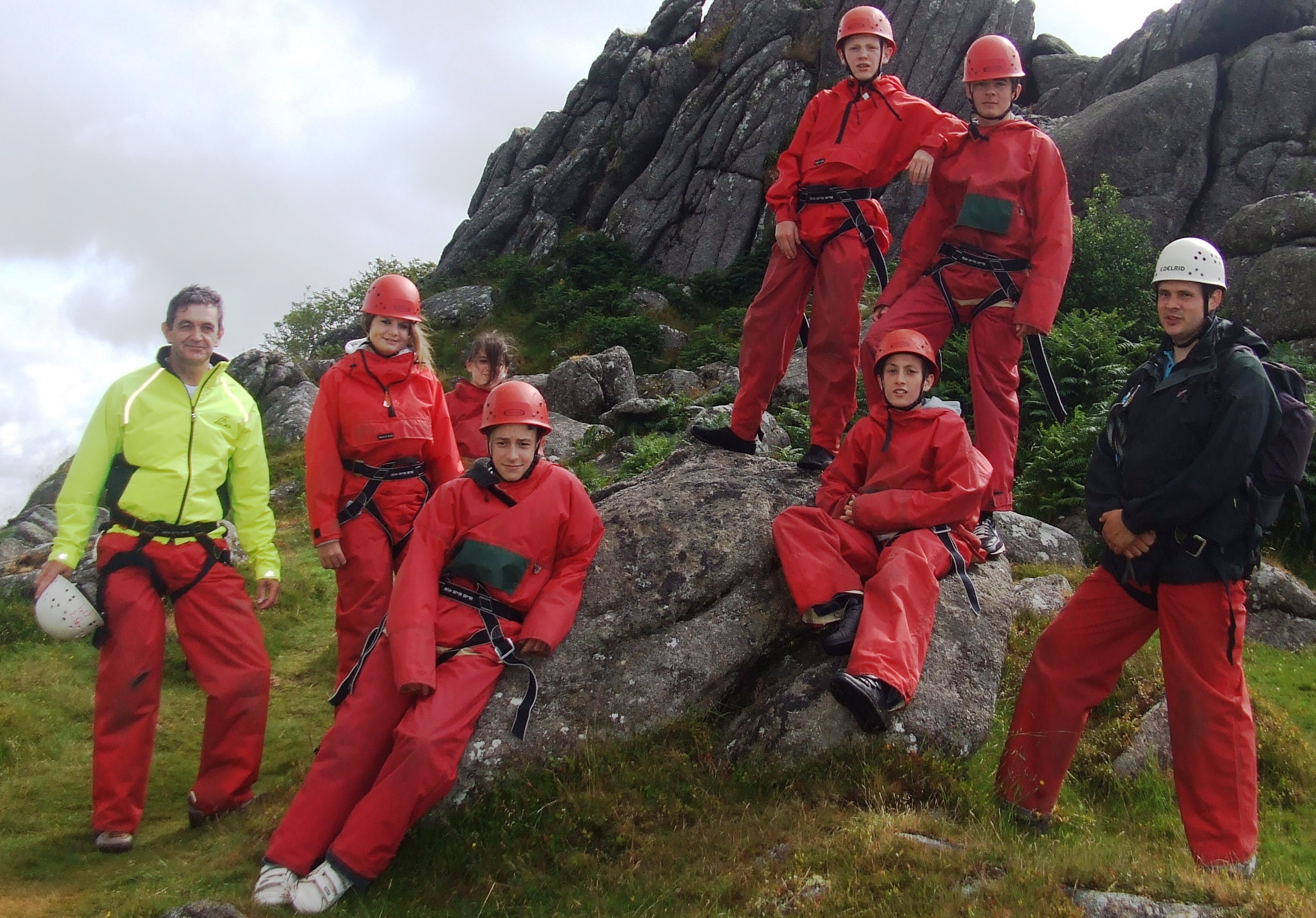A suggestion of boiled cabbage, laced with a faint, medicinal whiff. Magnolia-coloured walls lined with chairs turned towards a television set. And staring at the screen is a sea of blank, wizened faces attached to bodies waiting to die; ah the great British care home.
Just think, if the old dears are lucky, someone might even switch on the telly.
Unless, that is, this is the sort of care home that runs adult learning programmes for the elderly (check out the You Tube film) organised by social enterprise Learning for the Fourth Age (l4a).
At the Aigburth care home in Leicestershire, for example, here is an OAP enthusiastically playing tennis on the Wii, egged on by fellow residents, there is a 90-year-old emailing her great-grandson and everywhere is an attitude that sticks two fingers up at the stereotypical view of old people: “When you get to your 90s you feel you want to keep up with things.. it makes you feel you’re up with the world.”
Now I’m not usually one for Oprah-style outbursts, but even I found it difficult to watch the clip without smashing the air with a ‘You go girl!’ as the web-savyy pensioner tapped out her email.
As well as getting residents online, the care homes involved in l4a schemes run music, foreign language, flower-arranging and art sessions – basically any form of learning that people take an interest in. Because sessions are staffed by volunteers and local young people, the byproduct is community cohesion and intergenerational contact.
The experience of care home residents such as those in Leicester isn’t just a nice story. It could be another piece of the jigsaw when it comes to the crisis in care for the elderly.
Life expectancy is rising and by 2026, the number of people aged 85 and over will double and the number of people aged 100 and over will quadruple. In some 20 years’ time, around 1.7 million more adults will need some sort of care or support. Just last week the global dementia bill was said to be £388bn, according to the World Alzheimers Report. While I’m certainly not suggesting that getting ocotgenarians online will solve the crisis in care or provide the answer to one of modern society’s most pressing health problems, but surely anything that improves quality of life and cuts down healthcare bills is worth exploring further?
Programmes such as those in Leicester, says NIACE (the National Institute for Adult Continuing Education) transforms people. They are more interactive with each other, with the staff and with their families and are on fewer sleeping pills and anti-depressants; a reduction of 50% at one home that’s running adult learning scheme programmes.
Staff also reap rewards. As well as the fact residents are more motivated, they interact with them on a friend rather than carer-patient level. Anecdotally, absenteeism is rare and turnover low.
On the business side, money is saved because there’s less reliance on sleeping pills and anti-depressants – imagine the savings if this was replicated in every care setting in the country.
Politicians and policymakers take note; public finances are in a parlous state but if your granny has a wii, you might have to spend fewer pennies.
* Age UK recently launched a digital manifesto for older people with the Foundation for Art and Creative Technology, the digital media institution. It demands an end to digital illiteracy among the elderly by 2020. The manifesto argues that because the Internet is the public’s primary source of information, being able to surf, blog, or take part in community TV broadcasts not only empowers people but helps breaks the isolation that older people often experience.
Despite the fact that more pensioners have Internet access at home than ever before – almost 40% now compared to 11% 10 years ago – campaigners say it’s vital that older people are not left behind.
FACT says the issue is one of social justice that as it promotes localism and active citizenship.
Sounds like big society to me.





